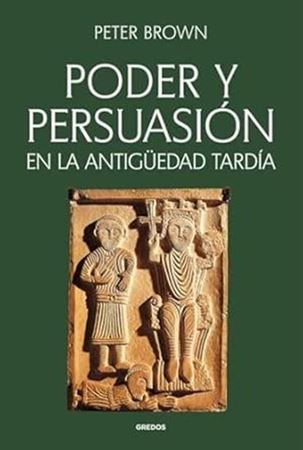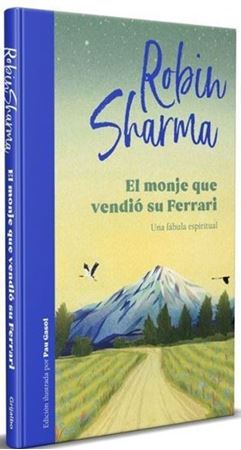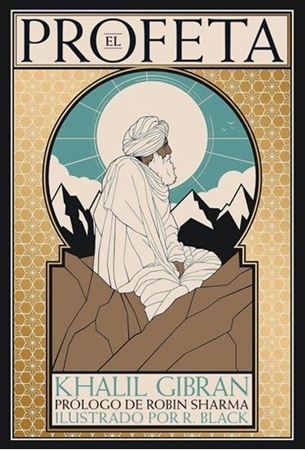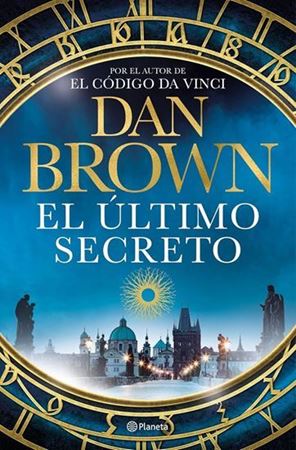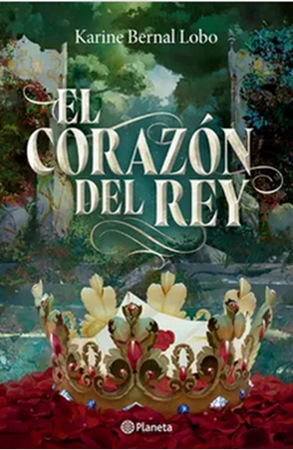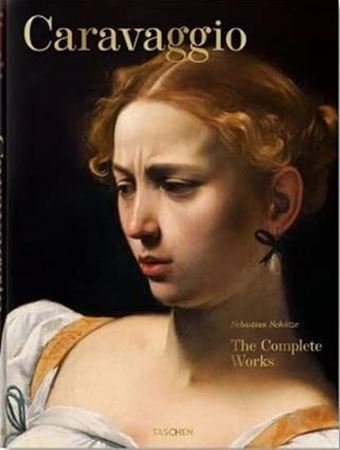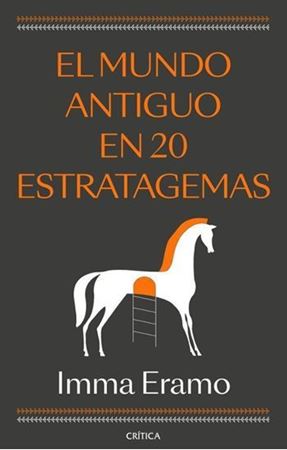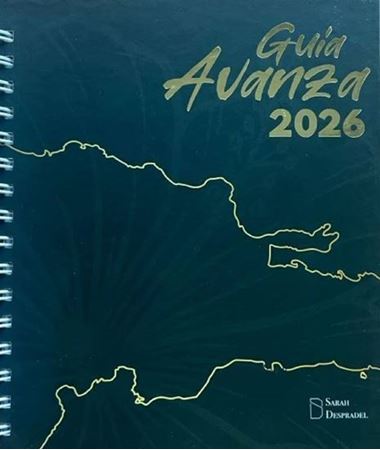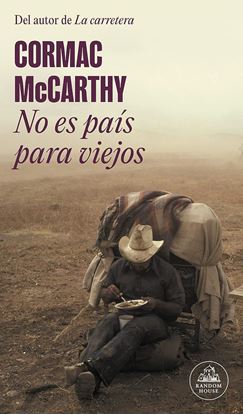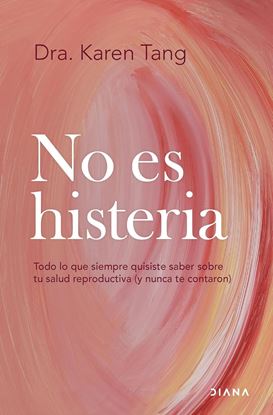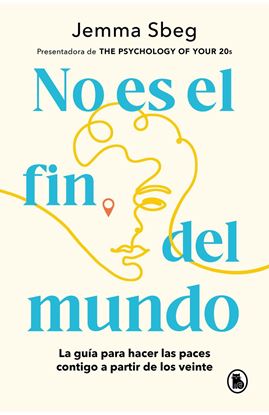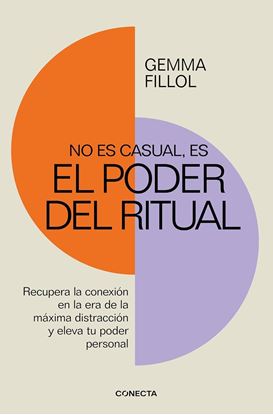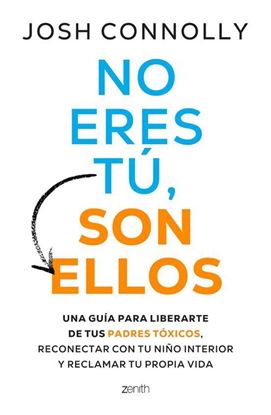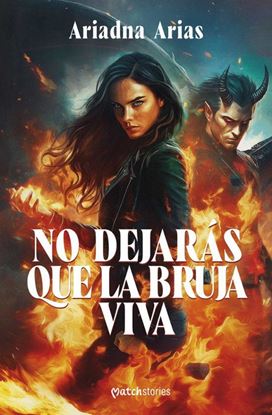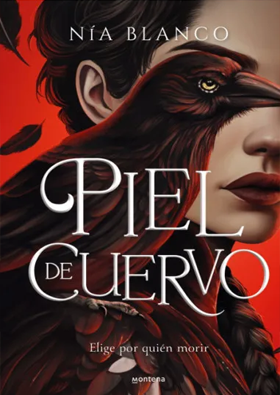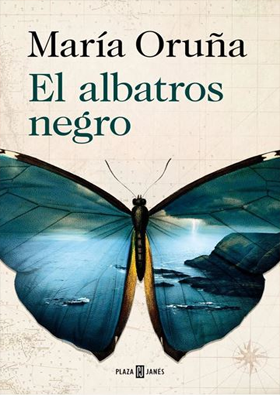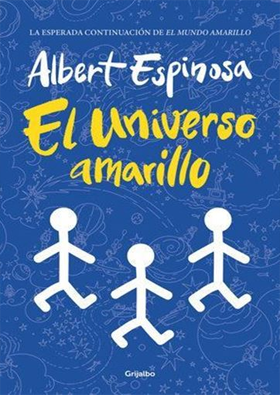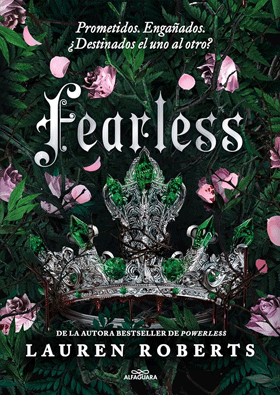

NOVEDADES
NO ES PAIS PARA VIEJOS (TB)
Una magnética historia de perdedores, narcotraficantes y sueños rotos, obra del genial autor de la Trilogía de la frontera.
El cazador y veterano de Vietnam Llewelyn Moss descubre por casualidad la sangrienta escena de una carnicería entre narcos en algún lugar de la frontera entre Texas y México. Entre los cuerpos y los paquetes de heroína, descubre también algo más de dos millones de dólares.
A partir de este momento comienza la violenta carrera de Moss por escapar de los que quieren darle caza: Wells, ex agente de las Fuerzas Especiales contratado por un poderoso cartel; Anton Chigurh, una implacable máquina de matar, para quien recuperar el dinero de sus jefes es apenas la excusa para descargar una y otra vez su arma y poner en práctica su máxima: no dejar nunca testigos, y un sheriff veterano de la segunda Guerra Mundial que añora los viejos buenos tiempos y esconde un doloroso secreto que lo mantiene vivo.
1,450
1,088
NO ES HISTERIA
Nos enseñaron a callar, a soportar, a pensar que el dolor era parte de la vida. Nos dijeron que los ciclos irregulares, los sangrados abundantes, las dificultades para concebir o el dolor durante el sexo eran “normales”. Nos hicieron creer que exagerábamos, que nuestra angustia era emocional, que solo debíamos “relajarnos”.
La Dra. Karen Tang, ginecóloga, cirujana y activista de la salud femenina, ha escuchado durante años las mismas historias: mujeres y personas con útero que han recorrido un laberinto de consultas sin encontrar respuestas, cuyos síntomas han sido minimizados o ignorados por un sistema médico que, históricamente, ha tratado la salud ginecológica como un asunto secundario. Este libro es un acto de resistencia, un manual de autoconocimiento y un grito de justicia.
Con un enfoque claro, accesible y profundamente inclusivo, No es histeria desmonta mitos, responde a preguntas que nunca nos han sabido contestar y nos ofrece herramientas prácticas para entender y defender nuestra salud. Aquí encontrarás explicaciones sobre afecciones como la endometriosis, el síndrome de ovario poliquístico, los miomas, la disfunción del suelo pélvico o la menopausia. También aprenderás a identificar señales de alerta, a comunicarte eficazmente con los médicos y con las personas que te rodean, y a exigir el trato que mereces.
Pero este libro no es solo información médica: es un cambio de narrativa. La Dra. Tang desafía el sesgo de género en la medicina, denuncia la falta de investigación en salud femenina y nos empodera para reclamar nuestro derecho a una atención digna.
Si alguna vez has sentido que tu dolor no importaba, que tu cuerpo era un misterio que nadie se molestaba en descifrar o que la salud reproductiva era un tema tabú, este libro es para ti. Porque no, no es histeria, y ha llegado el momento de tomar las riendas de nuestro bienestar.
1,650
1,238
NO ES EL FIN DEL MUNDO
¿Te sientes sin rumbo en la vida? ¿Crees con 20, 25 o 29 años deberías tener la tríada de trabajo, piso y pareja, pero te parece algo inalcanzable? No te preocupes: no estás sola ni es el fin del mundo.
Estés lidiando con un caso terrible del síndrome de la impostora en tu trabajo, haciendo lo posible para no autosabotearte, luchando por llevar algo de calma a tu mente ansiosa y sobrepensante o intentando sobrevivir a las tempetuosas aguas del mundo de las citas, en este libro Jemma Sbeg, psicóloga y divulgadora sobre salud mental en redes, te da las herramientas psicólogicas que necesitas para conocer quién eres, sobrevivir a la veintena y al miedo al futuro y llevar mejor tu día a día.
Un libro práctico lleno de consejos, historias personales, recursos de autoconocimiento y reflexiones a partir de investigaciones y teoría psicológica para ayudarte a navegar la veintena.
1,450
1,088
NO ES CASUAL, ES EL PODER DEL RITUAL
¿Cómo puedes recuperar la conexión contigo en un mundo que parece diseñado para distraerte constantemente? ¿Cómo liderar con autenticidad y humanidad en la era de la hiperconectividad? La respuesta está en los rituales, una práctica intencional y simbólica que te conecta a ti, te potencia y cataliza transformaciones profundas sobre cómo nos vinculamos con las personas, ya sea en familia, en empresa o en comunidad.
No es casual, es el poder del ritual recoge la experiencia de más de 20 años de la autora, como emprendedora, formadora, consultora y conferenciante profesional, liderando experiencias formativas colectivas que generan cambio y cultura.
1,450
1,088
NO ERES TU, SON ELLOS
Un manual para enfrentarse a las dinámicas familiares tóxicas y encontrar la libertad emocional.
Si alguien de tu entorno te tratase mal día sí y día también, todo el mundo te diría que pusieses fin a esa relación. A menos, claro, que esa persona sea uno de tus padres: entonces, todo el mundo se siente muy incómodo y el consejo es que salves la relación, cueste lo que cueste. No importa que lo que te cueste sea la salud mental. De pronto ya no eres débil por quedarte, sino por querer irte.
Este libro desmonta la falsa narrativa de que la familia lo es todo. Equipándote con una comprensión más profunda de las dinámicas familiares tóxicas, te proporcionará las herramientas que necesitas para lidiar con padres y miembros de la familia emocionalmente inmaduros. Ya sea que tu solución sea cortar el contacto o establecer nuevos límites, este es el manual definitivo para sanar a tu niño interior, liberarte del trauma de tu pasado y encontrar la libertad emocional.
1,350
1,013
NO DEJARAS QUE LA BRUJA VIVA
Un fantasy oscuro plagado de demonios, brujas y lealtades familiares que se pondrán a prueba.
Las brujas hicieron un pacto con el Infierno. Ahora, los demonios han venido a cobrárselo.
Durante siglos, las brujas del aquelarre Wytte han sido las guardianas del Velo que separa la Tierra del Infierno. Después de años lejos de su hogar, Ember Wytte regresa a casa para participar en el ritual que mantiene el mundo a salvo, pero esta vez algo no va bien…
Mientras el pueblo de Faddenfield queda atrapado en una niebla imposible de atravesar, Ember y sus hermanas tendrán que lidiar con una amenaza infernal, la Hermandad de Cazadores de Brujas… y Dante, el misterioso profesor con el que Ember comparte un vínculo que ni ella misma logra entender.
Pero Ember no está dispuesta a quedarse de brazos cruzados. Para sobrevivir y revertir las consecuencias del ritual tendrá que unir fuerzas con su peor enemigo, aunque ambos sepan que están jugando con fuego.
1,400
1,050


